Implement Marketing Automation to stop wasting time on the same marketing tasks every day. If you’re tired of writing the same emails, posting on social media, or tracking leads manually—you’re not alone. A lot of businesses still spend hours on the same routine tasks. But you don’t need to follow that path — there’s an easier, more efficient way. Marketing automation takes care of the routine, so you can focus on growing your business and reaching the right audience. It’s a smarter, faster way to get better results without burning out.
Creating a marketing automation strategy helps. It helps you save time by automating tasks, adds a personal touch to customer interactions, and improves your overall marketing results.
Understanding Marketing Automation and Its Benefits
Marketing automation changes how businesses talk to customers. It’s key to know about. It saves time, boosts productivity, and makes customers happier.
What Is Marketing Automation?
Marketing automation lets smart tools take care of your marketing tasks, so you don’t have to do everything yourself. It makes things simpler, helps you get more leads, improves customer experiences, and boosts sales.
Benefits for Businesses of All Sizes
Marketing automation helps all kinds of businesses. It makes things more efficient, gets more leads, and makes customers happier. It also helps analyze data better.
- Increased efficiency and productivity
- Improved lead generation and conversion rates
- Enhanced customer engagement and personalization
- Better data analysis and reporting
Using marketing automation tools makes marketing better. It helps reduce errors and improves how well your marketing works.
Common Marketing Processes That Can Be Automated
Many marketing tasks can be automated. This includes:
| Marketing Process | Automation Benefits |
|---|---|
| Email marketing | Personalized customer experiences, improved open rates |
| Lead nurturing | Improved lead generation, increased conversion rates |
| Social media management | Streamlined content posting, improved engagement |
Automating these tasks brings big benefits. It helps businesses stay ahead.
Assessing Your Business Needs and Readiness
It’s key to check how your business is doing before starting a marketing automation plan. First, know your marketing steps and where you can use automation.
Evaluating Your Current Marketing Processes
Start by drawing a map of your marketing steps. See what tools you use, tasks you do by hand, and any problems.
Identifying Automation Opportunities
Find tasks like email follow-ups or social media posts that can be automated. Think about how making things personal can help, like special emails or content suggestions.
Setting Clear Objectives for Your Automation Strategy
Knowing what you want to achieve with marketing automation helps you use it the right way and get better results.
Short-term Goals
Short goals might be to get more people to open your emails or to get more leads. For example, you might want to see a 20% increase in email opens in the next quarter.
Long-term Vision
Your big goal could be to have a complete marketing automation system. This system helps leads from the start to becoming customers. You might use a lead scoring system to better qualify leads.
By checking your business needs and getting ready, you can make a marketing automation plan that works. This means knowing your current steps, finding ways to automate, and setting clear goals.
Selecting the Right Marketing Automation Platform
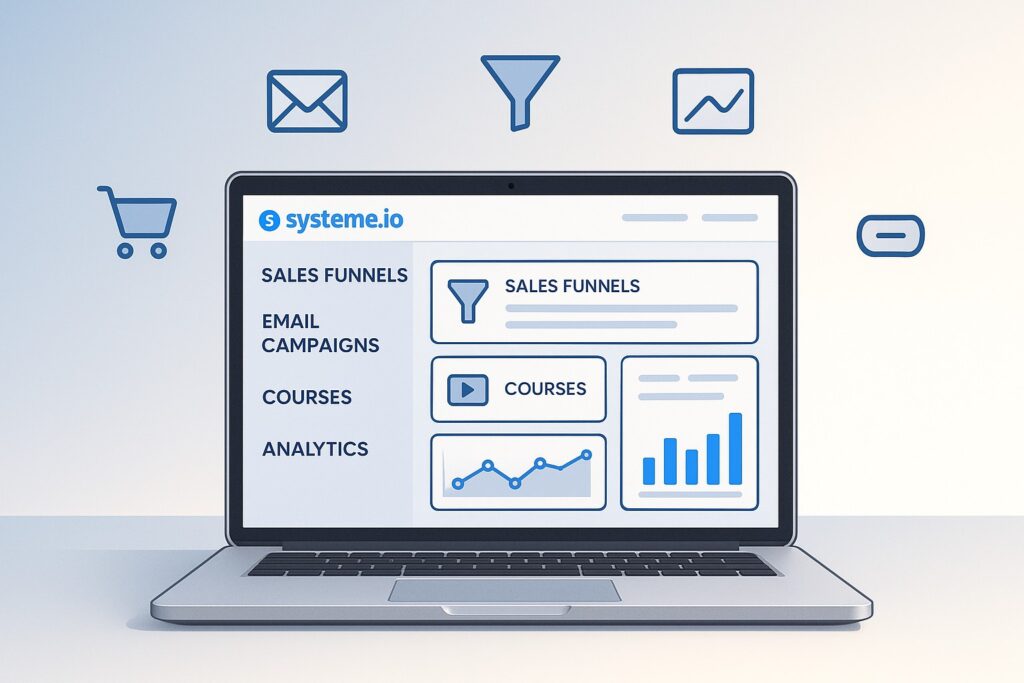
Finding the right marketing automation platform is key. There are many options. It’s important to look at each one carefully.
Features to Look For
When selecting a marketing automation tool, make sure it includes these essential features:
- Email Marketing Automation: Find platforms with advanced email features. They should offer personalization and segmentation.
- Lead Scoring and Management: Make sure the platform helps you score and manage leads.
- Integration Options: Pick a platform that easily connects with your CRM and other tools you use for marketing.
Budget Considerations and ROI Expectations
Think about your budget and what you expect to get back when choosing a platform. Prices can be different based on what you need.
Enterprise Solutions
Big companies might like Marketo and Pardot. They offer lots of marketing automation tools.
Mid-Market Options
HubSpot is good for mid-sized businesses. It has useful features but is not too expensive.
Small Business Solutions
Mailchimp is great for small businesses. It has the basics of marketing automation but is cheaper.
By looking at these things, you can find a marketing automation platform that fits your business. It should help you earn more value than what you spend.
Creating Your Customer Journey Map
A good customer journey map is key for businesses wanting to connect better with customers. It shows how your brand meets customers, finding important moments and chances to get better.
Understanding Customer Touchpoints
Customer touchpoints are all the ways a customer interacts with your brand. This includes visiting your website or calling customer service. Knowing these touchpoints helps make a smooth customer experience.
To map these touchpoints well, use a visual tool like a journey map diagram. It helps spot problems and where to make things better for customers.
Segmenting Your Audience Effectively
Customers are different, and grouping them is important for personal experiences. By sorting customers into groups based on what they do, who they are, or what they like, you can make your marketing fit their needs better.
Designing Personalized Customer Experiences
Personalization is essential for engaging customers. Using data and insights about your customers, you can make experiences that speak to them.
Behavioral Triggers
Behavioral triggers are actions by customers that prompt your brand to act. For instance, if a customer leaves their shopping cart, you can send a reminder email to finish the purchase.
Demographic-Based Personalization
Demographic-based personalization means adjusting your marketing based on customer details like age, location, or income. This makes your experiences more relevant and engaging for your customers.
By knowing customer touchpoints, segmenting your audience well, and making personalized experiences, you can make a customer journey map that boosts engagement and sales.
How to Implement Marketing Automation: Step-by-Step Process
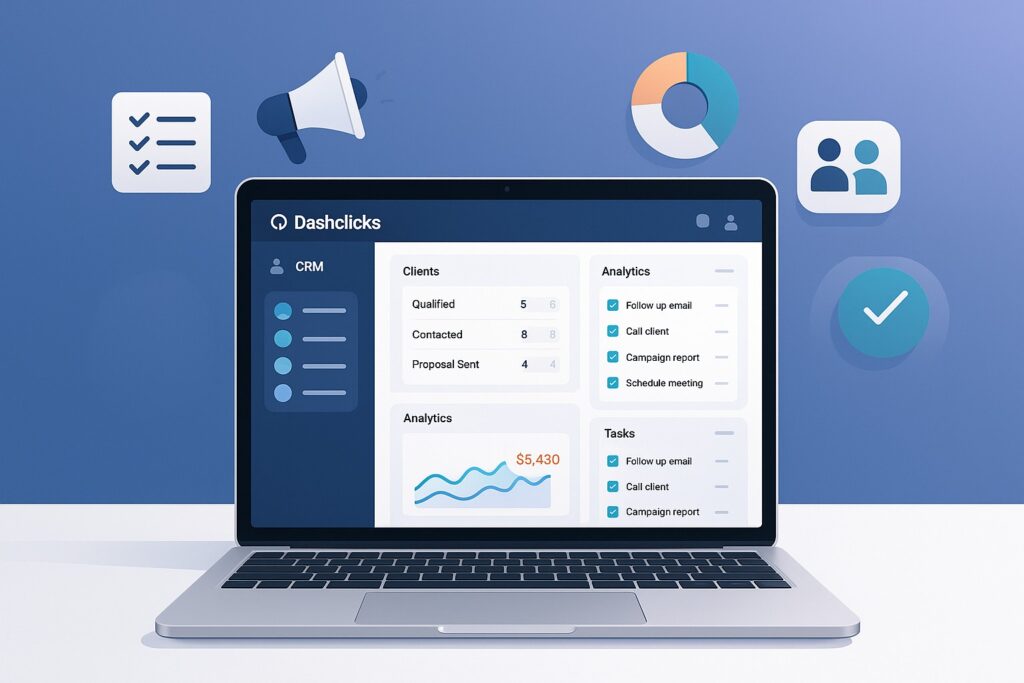
Marketing automation makes your marketing better. It involves several steps to help you do more with less. This way, you get better results.
Planning Your Implementation Timeline
First, plan when you will start marketing automation. Review your current tasks, find what can be automated, and set clear goals.
- Assess current marketing processes
- Identify areas for automation
- Set realistic milestones
Setting Up Your First Automated Workflows
Start with simple automated workflows. Then, move to more complex ones.
Key considerations:
- Pick workflows that match your marketing goals.
- Use data to inform your workflow decisions
- Monitor and adjust workflows as needed
Integration with Existing Systems
It’s important that it works smoothly with the tools you’re already using. Make sure your automation tool works with your CRM, email tools, and more.
| System | Integration Requirements | Benefits |
|---|---|---|
| CRM | API connectivity | Unified customer data |
| Email Marketing Tools | Native integrations or APIs | Streamlined email campaigns |
Team Training and Adoption Strategies
Teaching your team about marketing automation is key. Explain how it works and how it makes their job easier.
Overcoming Resistance to Change
Some might not want to use new tools. Explain how automation makes work easier and faster.
Establishing New Workflows
Creating new workflows means looking at old ones and making them better. Get input from your team to find better ways to improve and grow.
By following these steps and keeping an eye on your strategy, you’ll see big improvements in your marketing.
Email and Lead Nurturing Automation Strategies
Businesses can improve their marketing by using email and lead nurturing. Automated emails deliver the right message at the right time, making it easier to connect with your audience and increase sales.
Welcome Sequences and Onboarding
A good welcome sequence makes a strong first impression. It reflects the true identity of your brand. Think about adding:
- A warm welcome message
- Introduction to your brand and its values
- Exclusive offers or discounts
- Educational content about your products or services
Behavioral Triggers and Personalization
Behavioral triggers send emails based on what leads do. This makes emails more personal and engaging. Examples are:
- Abandoned cart reminders
- Product recommendations based on browsing history
- Anniversary or birthday messages
Multi-Channel Marketing Automation
Using multi-channel marketing automation is essential today. It lets you connect with more people across different platforms and achieve stronger results. By automating your marketing, you can engage more customers and get more sales.
Social Media Automation
Social media automation lets you schedule and share content with ease, saving time and keeping your message consistent across all platforms. This makes your social media look good and consistent.
Content Marketing Workflows
Automate your content marketing that makes creating and sharing content easier. It guides you every step of the way—from start to launch
Benefits include:
- Efficient content distribution across multiple channels.
- Improved collaboration among team members.
- Data-driven insights to refine your content strategy.
SMS and Mobile Marketing Automation
SMS and mobile marketing automation lets you talk to customers on their phones. This makes your messages more personal and timely.
Effective strategies include:
- Sending personalized offers and updates via SMS.
- Utilizing mobile apps to engage with customers.
- Location-based marketing lets you send timely, relevant messages to customers nearby.
Website Personalization and Chatbots
Website personalization and chatbots improve the user experience by showing content that matches your interests and offering instant help when you need it.
Implementation ideas:
- Use chatbots to provide instant customer support.
- Try different versions to see what works best, so you can make your marketing even better.
By using multi-channel marketing automation, you can make a strong marketing plan. It works well across different places and touches your audience in meaningful ways.
Measuring Success and Optimizing Your Automation Strategy
Understanding how to track and improve your marketing automation is really important. Zero in on a handful of important areas to achieve the greatest impact. These will help you see how well your automation is working and make smart choices.
Performance Indicators to Track
To see if your marketing automation is working, track important KPIs. Check how many people open your emails, click on links, make purchases, and what profit you earn from your efforts. Tracking the right KPIs is key to knowing your automation’s impact.
- Email open rates and click-through rates
- Conversion rates and lead generation
- Customer acquisition cost and ROI
A/B Testing in Automated Campaigns
A/B testing is a smart way to improve your marketing automation. Test different subject lines and call-to-action buttons to see what your audience likes most. This helps make your campaigns better over time.
Data Analysis and Reporting
Good data analysis and reporting are vital for seeing how well your automation is doing. Looking over your campaign data gives you clearer insight into what your customers want and need. Regular reports show trends and where to get better.
Continuous Improvement Processes
Marketing automation is always changing. Stay on top of your progress and keep improving as you go. Track key numbers, run tests, and listen to customer feedback to stay on track. This way, you can make your automation workflows better over time.
- Regularly review and update your automation workflows
- Stay updated with the latest marketing automation trends to stay ahead and keep your strategies effective and fresh.
- Continuously train your team on new tools and strategies
By focusing on these areas, your marketing automation will get better and better. This will help you reach your marketing goals and succeed in the long run.
Conclusion: Future-Proofing Your Marketing Automation Strategy
When you start using marketing automation, you’re making your business better for the future. Staying current with your strategy is crucial for success.
Keep improving and being ready to change. Keep checking your results and make changes to your plan whenever needed. You might need new tools or update how you help customers.
This helps you make the most of marketing automation. Your business will grow and keep growing. Remember, using marketing automation well is a job that never ends.
Follow what we’ve said and keep your strategy sharp. You’ll see great results from a smart automation plan.
FAQ
How can marketing automation benefit my business?
It saves time and boosts productivity. It lets you focus on big plans by doing small tasks for you.
How can I personalize my email automation efforts?
Use what leads do to make emails better. Also, use who they are and group them to send the right message.
How does A/B testing help improve marketing automation?
It compares different emails to see which works best. This helps make future emails even better.
How can I ensure continuous improvement in my marketing automation strategy?
Always check how well things are working. Find what can get better and change your plans to do better.


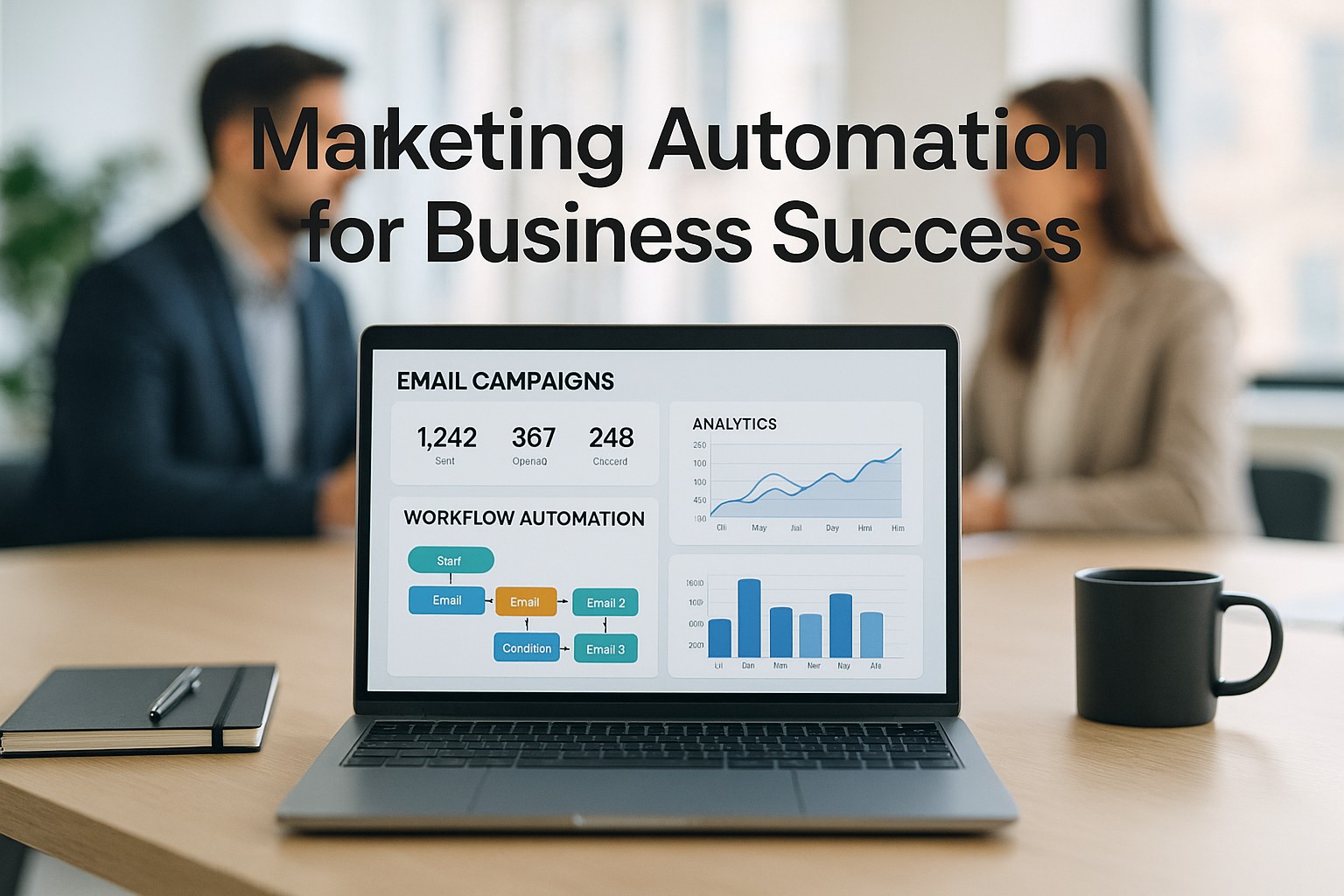

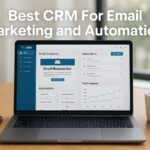


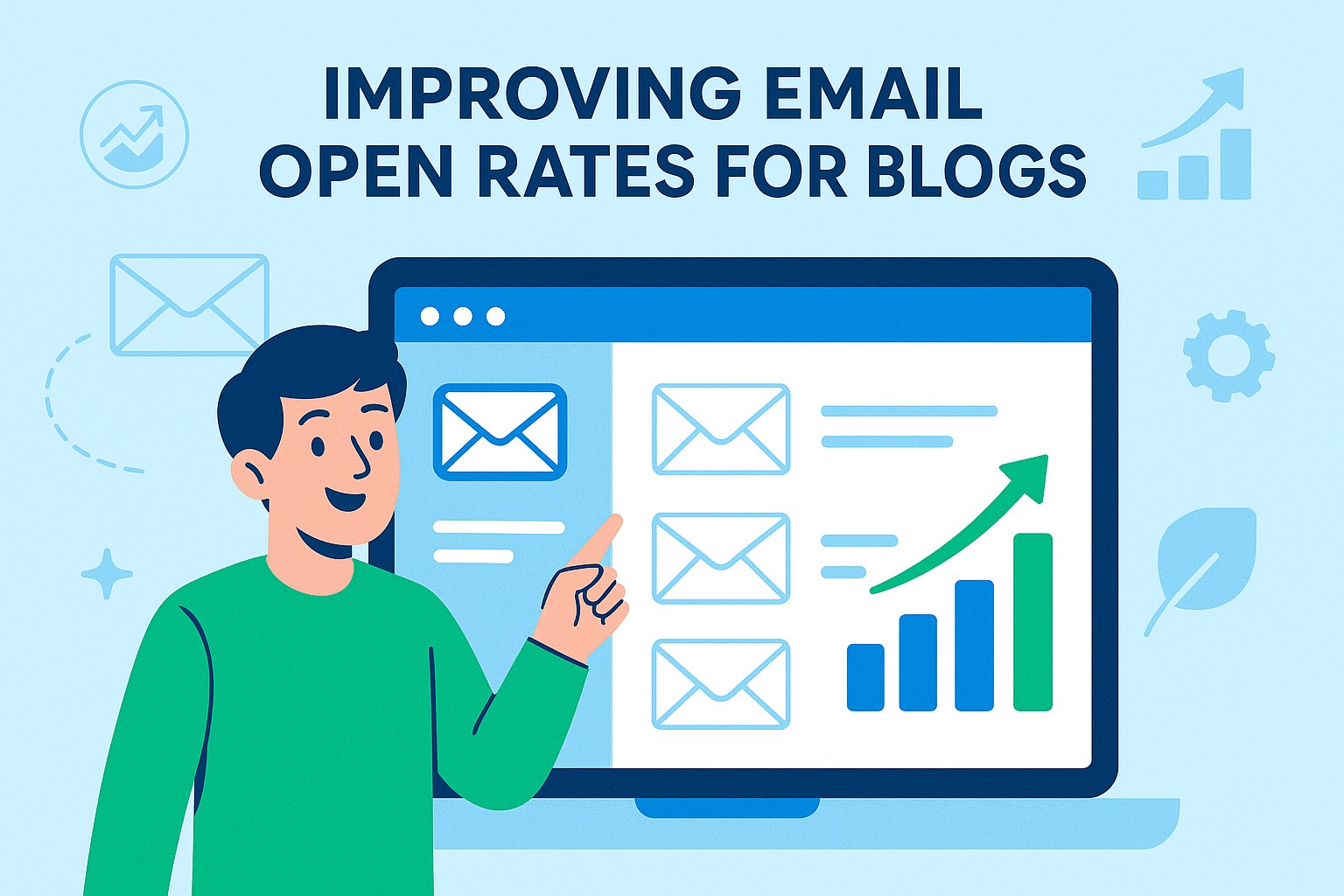

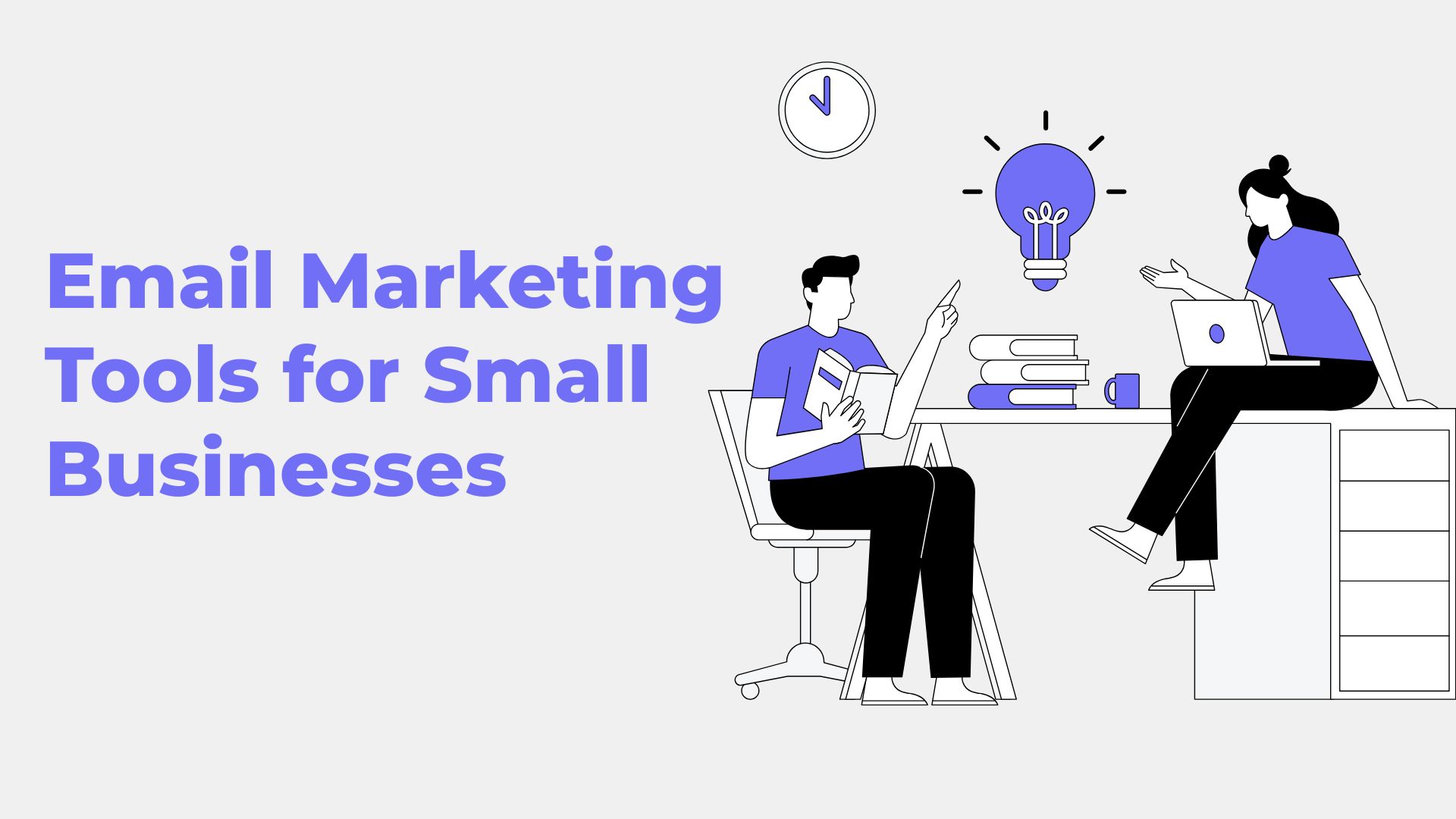
Leave a comment